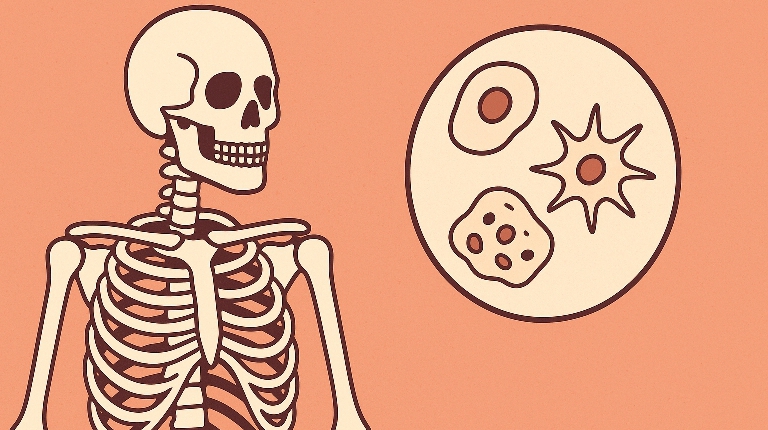Vitamin D Deep Dive: Unraveling D2 vs. D3 Secrets
:max_bytes(150000):strip_icc()/Health-GettyImages-2081542939-b98aef06468d40a7a2ad33ca1ff25832.jpg)
Vitamin D is an essential nutrient crucial for numerous bodily functions, primarily supporting bone health, immune function, muscle strength, and the regulation of the nervous system. This vital vitamin exists in two main forms: vitamin D2 (ergocalciferol) and vitamin D3 (cholecalciferol), which differ in their origins, chemical structures, and potentially their effectiveness in raising blood vitamin D levels. Understanding these distinctions is key to ensuring adequate intake and maintaining overall health.
Both vitamin D2 and D3 play a critical role in bone health by facilitating the body's absorption of calcium and phosphorus, minerals essential for building and maintaining strong bones. A deficiency in vitamin D can lead to bones becoming brittle, thin, and soft, increasing the risk of fractures, osteoporosis in adults, and rickets—a condition causing soft bones, delayed growth, and pain—in children.
Vitamin D2, or ergocalciferol, is plant-based. It is primarily produced when ergosterol, a compound found in plants and fungi (like mushrooms), is exposed to sunlight or ultraviolet (UV) light. Some foods, such as shiitake, maitake, and oyster mushrooms, naturally contain vitamin D2, and certain products like milk, plant-based milk, breakfast cereals, and orange juice are often fortified with it. Supplements are also widely available.
In contrast, vitamin D3, or cholecalciferol, is primarily synthesized by the human body when the skin is exposed to sunlight's UVB rays, which convert 7-dehydrocholesterol into vitamin D3. This form can also be found in animal products such as fatty fish (trout, salmon), cod liver oil, egg yolks, and cheese. Supplements for vitamin D3 are commonly derived from lanolin (sheep's wool oil), though vegan-friendly D3 from lichen is also available.
While both forms are well-absorbed in the small intestine, their processing in the liver differs slightly. Vitamin D2 is converted into 25-hydroxyvitamin D2 (ercalcidiol), and vitamin D3 into 25-hydroxyvitamin D3 (calcidiol). These two compounds together form calcidiol, which is the main circulating form of vitamin D measured in blood tests. Calcidiol is then further converted into calcitriol, the fully active form of vitamin D, in the kidneys.
Research suggests that vitamin D3 may be more effective than vitamin D2 at raising and maintaining circulating vitamin D levels in the blood. A review of 24 studies indicated that individuals taking vitamin D3 had, on average, 15.69 nanomoles per liter higher vitamin D levels than those taking vitamin D2. However, more research is needed to definitively confirm this, as individual processing can vary based on factors like age, gender, and ethnicity.
Vitamin D deficiency is common, affecting about 10% of people in the United States. The recommended daily intake of vitamin D, encompassing all sources, varies by age and is measured in international units (IU) or micrograms (mcg). Infants under 12 months require 400 IU (10 mcg); children and teens aged 1-18 years, as well as adults 19-70 years and pregnant/breastfeeding individuals, need 600 IU (15 mcg). Adults over 71 years are recommended 800 IU (20 mcg).
To increase vitamin D intake, individuals can incorporate more vitamin D-rich foods into their diet, spend a few minutes in the sun several times a week, and consider taking supplements. Dietary supplements are often the most effective treatment for diagnosed deficiencies. Consulting a healthcare provider is recommended to determine the right supplement and ideal intake level for personal health needs.
You may also like...
Cinema Sensitivity and the Nigerian Reality: Why The Herd Divides Viewers

A commentary on the controversy surrounding the Nigerian film “The Herd,” examining calls for its ban over alleged ethni...
The Ancient African Calendar That Existed Before the Gregorian Calendar

Have you heard about the Ethiopian calendar? its astonishing accuracy and scientific brilliance, it is an ancient Afric...
Do Africans Abroad Owe the Continent Anything?

Do Africans abroad owe the continent and those back home anything? A bold and reflective social commentary exploring whe...
African Giants Secure World Para Championships Berth!
)
Nigeria and Egypt emerged as the dominant forces at the 2025 ITTF-Africa Para Championships in Giza, securing multiple g...
NBA Showdown Explodes: Suggs Ejected, Five Technicals in Fiery Magic-Sixers Clash!

Orlando Magic's Jalen Suggs was ejected from a game against the Philadelphia 76ers after a heated altercation involving ...
HBO Max Unlocks ‘Chespirito’ Universe with New Series, Teases ‘Like Water for Chocolate’ Season 2

HBO Max Latin America unveils a robust 2026 content slate, building on past successes with new series inspired by Chespi...
Apple TV Blasted! Major Thriller Series Pulled Days Before Premiere Over Plagiarism Scandal

Apple TV+ has abruptly removed its upcoming French thriller, <em>The Hunt</em> (Traqués), from its December lineup due t...
Summer Walker Dominates: R&B Queen Achieves Historic No. 1 Album Trilogy

Summer Walker's new album, "Finally Over It," has debuted at No. 1 on Billboard’s Top R&B/Hip-Hop Albums chart, achievin...
:max_bytes(150000):strip_icc()/Health-GettyImages-2198105325-fb0cae1d506d4be2ac681006c21180d7.jpg)

:max_bytes(150000):strip_icc()/Health-GettyImages-CurcuminVsTurmeric-61d015f5c4154a91a44e4ef91293d91f.jpg)